Erbium Oxide Sputtering Target Description
The Erbium Oxide Sputtering Target from TFM is an oxide sputtering material with the chemical formula Er2O3.
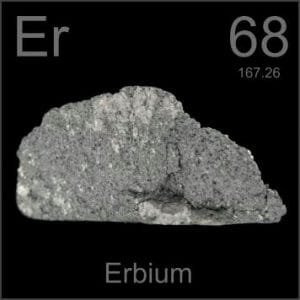 Erbium is a chemical element named after Ytterby, Sweden. It was first mentioned in 1842 and observed by G. Mosander. The chemical symbol for erbium is “Er,” and its atomic number is 68. Erbium is located in Period 6, Group 3 of the periodic table, within the f-block. Its relative atomic mass is 167.259(3) Dalton, with the number in brackets indicating the measurement uncertainty. Erbium is commonly used in various applications, including optical fibers, lasers, and as a dopant in certain glass and crystal materials to improve their optical properties.
Erbium is a chemical element named after Ytterby, Sweden. It was first mentioned in 1842 and observed by G. Mosander. The chemical symbol for erbium is “Er,” and its atomic number is 68. Erbium is located in Period 6, Group 3 of the periodic table, within the f-block. Its relative atomic mass is 167.259(3) Dalton, with the number in brackets indicating the measurement uncertainty. Erbium is commonly used in various applications, including optical fibers, lasers, and as a dopant in certain glass and crystal materials to improve their optical properties.
Related Product: Erbium Sputtering Target
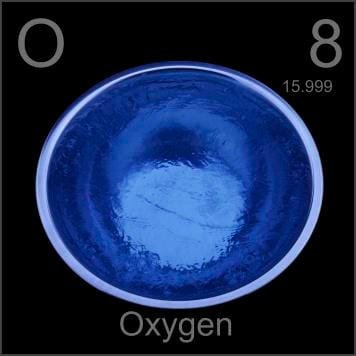 Oxygen is a chemical element named from the Greek words ‘oxy’ and ‘genes,’ meaning acid-forming. It was first mentioned and observed by W. Scheele in 1771, who also later accomplished and announced its isolation. The chemical symbol for oxygen is “O,” and its atomic number is 8. Oxygen is located in Period 2, Group 16 of the periodic table, within the p-block. Its relative atomic mass is 15.9994(3) Dalton, with the number in parentheses indicating the measurement uncertainty. Oxygen is essential for respiration in most life forms and is crucial in combustion, oxidation, and various chemical reactions.
Oxygen is a chemical element named from the Greek words ‘oxy’ and ‘genes,’ meaning acid-forming. It was first mentioned and observed by W. Scheele in 1771, who also later accomplished and announced its isolation. The chemical symbol for oxygen is “O,” and its atomic number is 8. Oxygen is located in Period 2, Group 16 of the periodic table, within the p-block. Its relative atomic mass is 15.9994(3) Dalton, with the number in parentheses indicating the measurement uncertainty. Oxygen is essential for respiration in most life forms and is crucial in combustion, oxidation, and various chemical reactions.
Erbium Oxide Sputtering Target Handling Notes
Erbium Oxide Sputtering Target Application
The Erbium Oxide Sputtering Target is used in a wide range of applications, including thin film deposition, decorative coatings, semiconductors, displays, LEDs, and photovoltaic devices. It is also essential for functional coatings, the optical information storage industry, glass coatings for automotive and architectural purposes, and optical communication systems, among other fields.
Packaging
Our Erbium Oxide Sputtering Targets are meticulously tagged and labeled externally to ensure efficient identification and maintain strict quality control. We take extensive precautions to prevent any damage during storage and transportation, ensuring the highest standards of product integrity upon delivery.

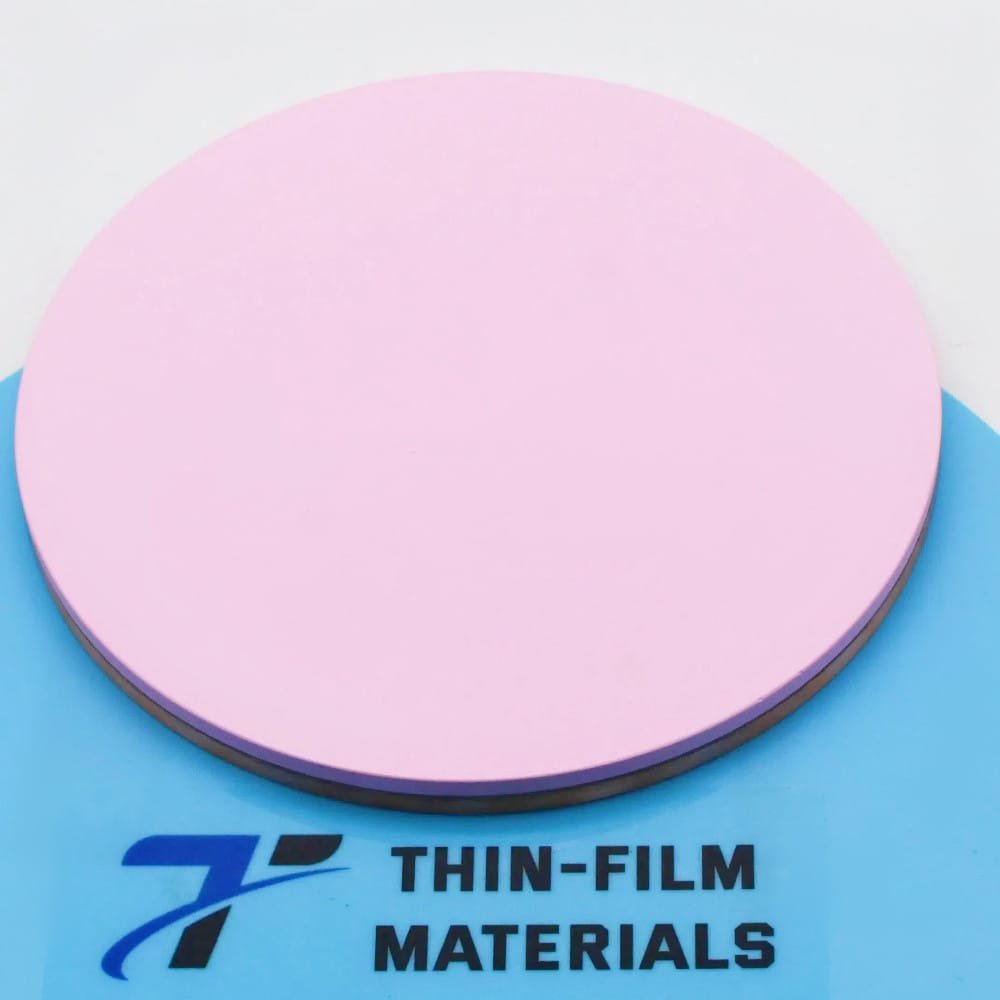
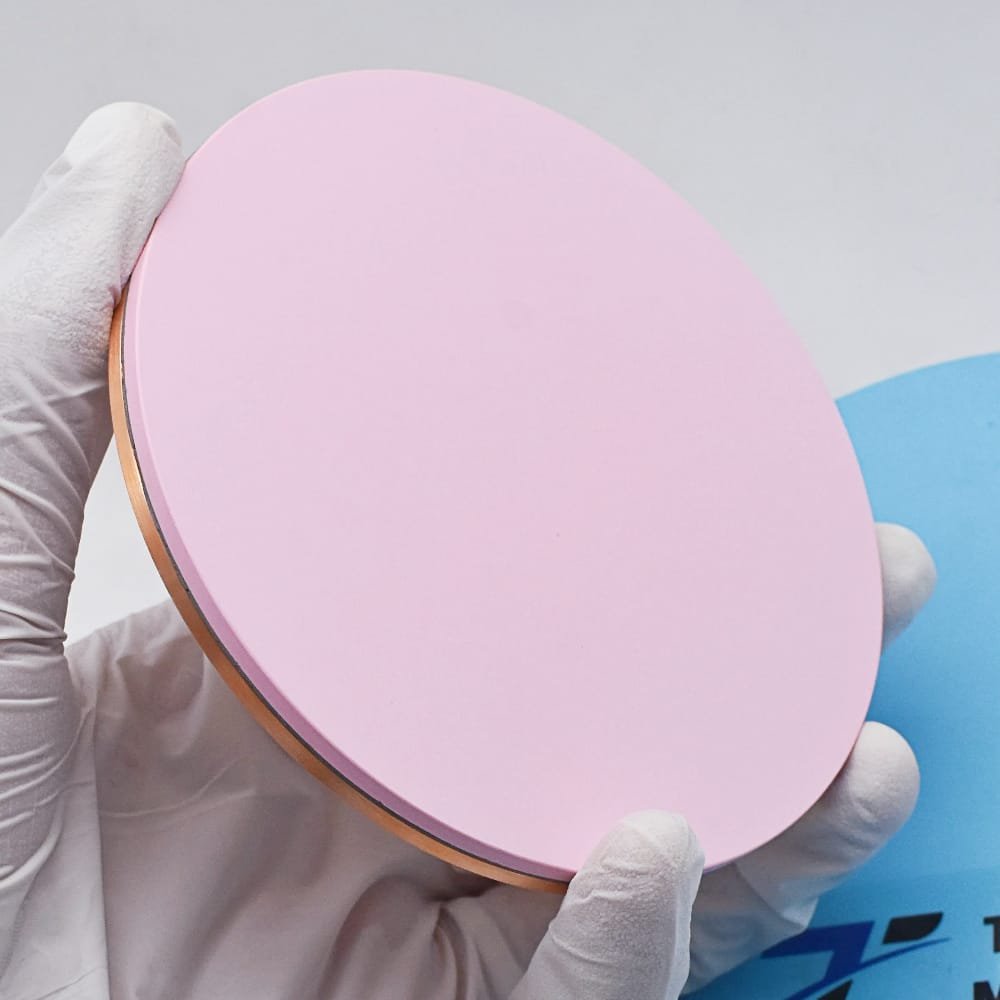
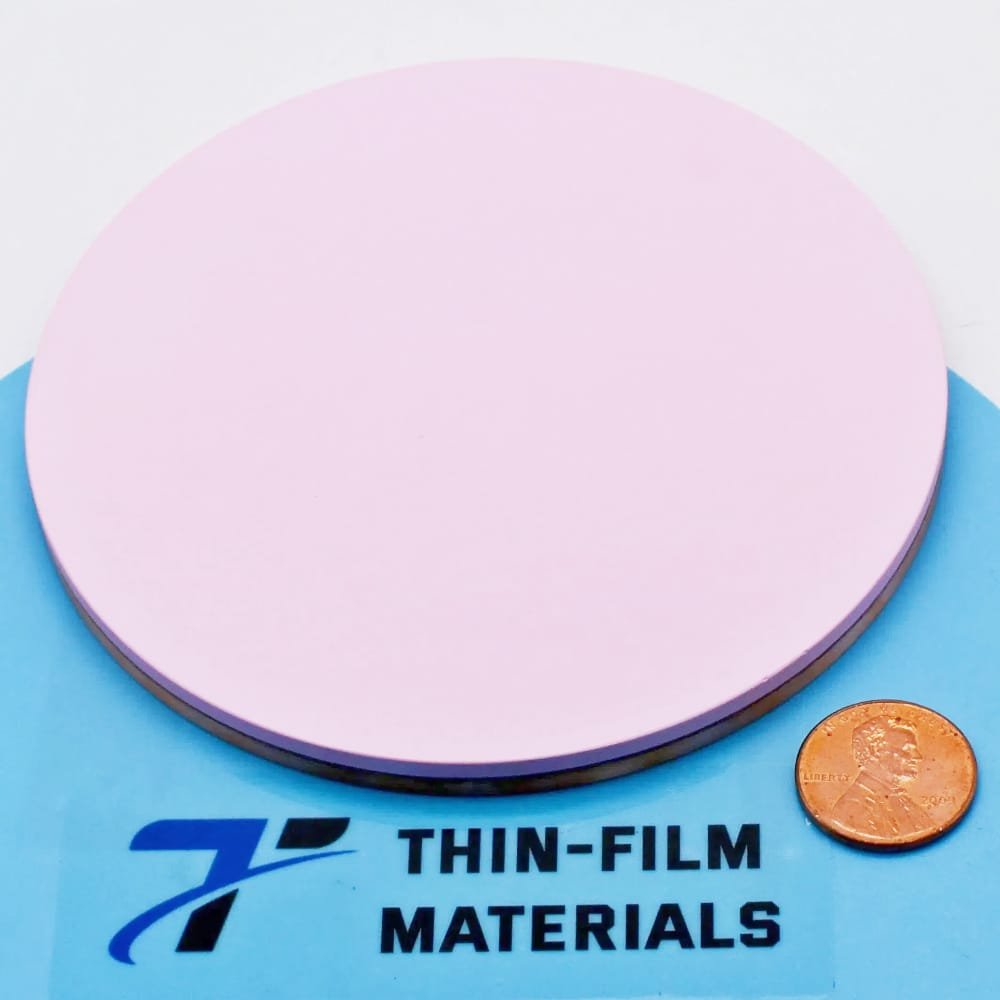
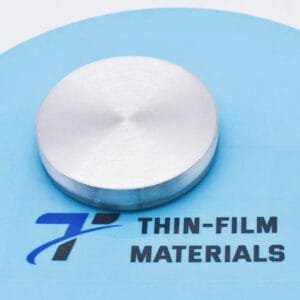
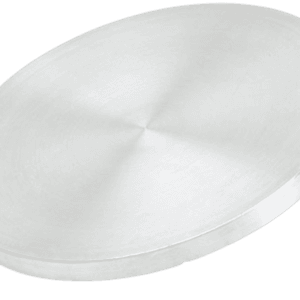
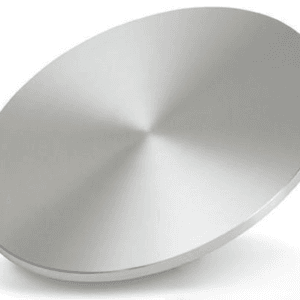
Reviews
There are no reviews yet.